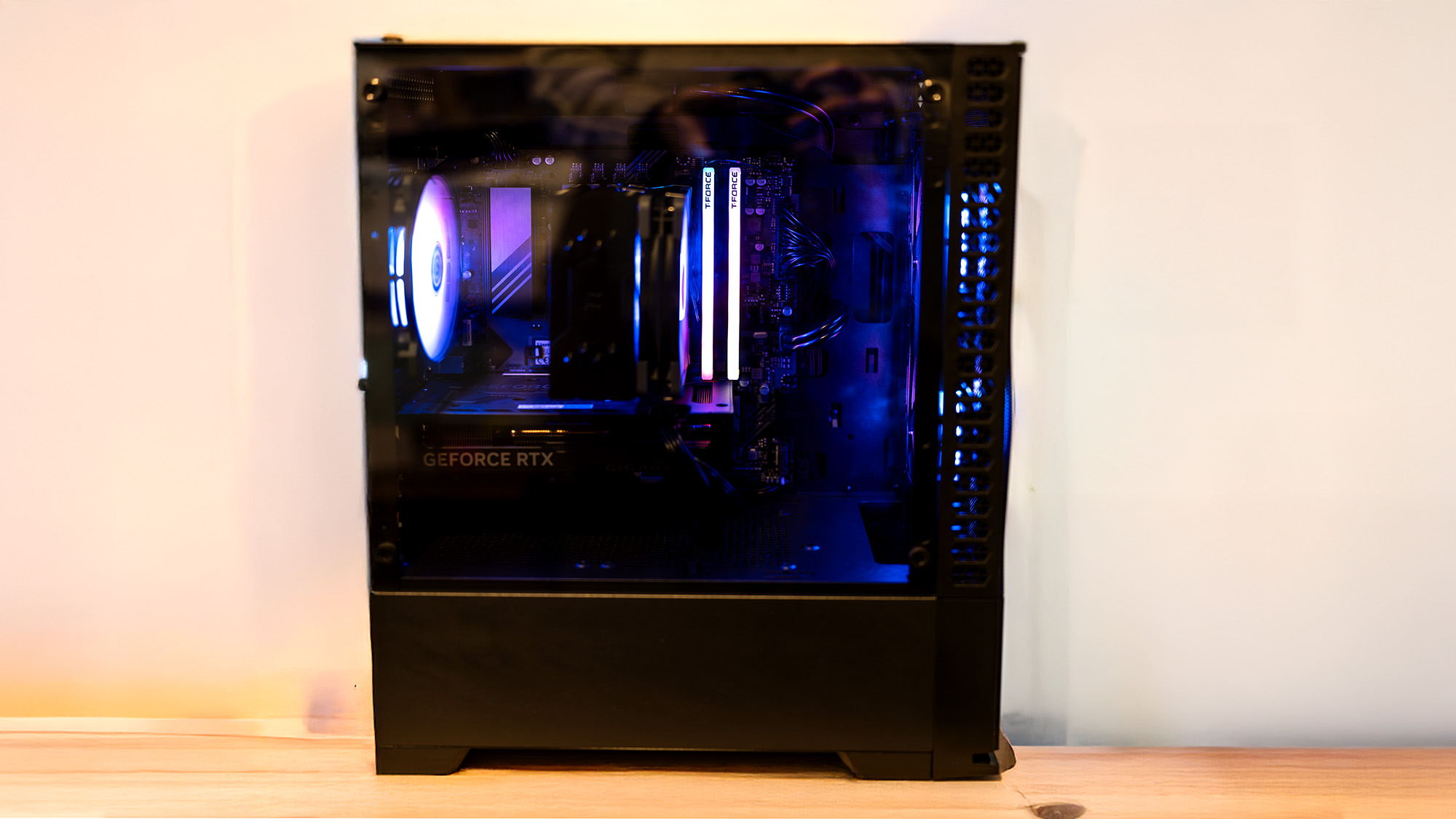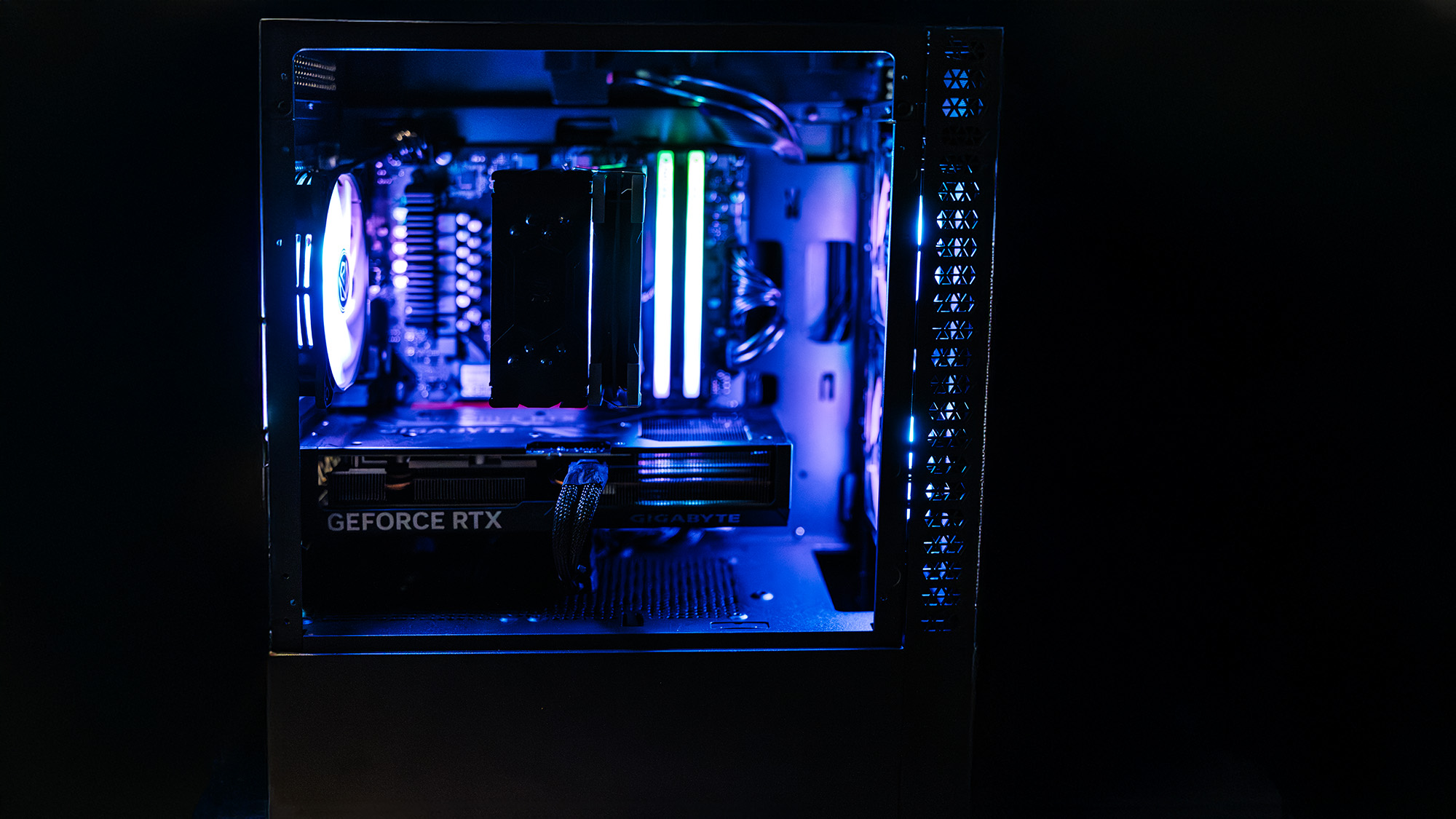Our Verdict
If it’s a pre-built PC you’re after, one like this ABS machine could be the answer to your needs, especially given the price. The GPU may be starting to lag behind, but for 1080p gaming it offers respectable frame rates and is a simple upgrade in the future. The CPU, on the other hand, offers excellent performance that will be useful for creative pursuits as well as gaming.
For
- Well built
- Good CPU power
- Lots of fast RAM
Against
- GPU could be better
- Maybe build your own?
- Go on, you know you want to
PC Gamer's got your back
Getting yourself a pre-built gaming PC is a good way to experience high frame rates and general air of superiority enjoyed by the desktop PC user without all the tedious fiddling about with cables and screws or the mind-numbing terror of getting the thing to switch on for the first time. An off-the-shelf PC is usually neatly put together rather than a rat’s nest of internal leads with questionable airflow, and has benefits over buying a laptop as you can hook it up to an existing monitor and keyboard, and giving you faster components for your money.
Economies of scale also come into play, as a PC manufacturer can buy 1,000 motherboards for much less per unit than you can when just buying one, and you can often get some nicely priced examples which are still well specced.
Take, for instance, this Cyclone Aqua from ABS. There's nothing aqua about it, as it’s not water-cooled and most of its components are black rather than blue, but for $1,150 or so you get a well-thought out set of components tidily inserted into a tall black case of ABS’ own making, 200 x 415 x 320 mm in size, that’s straightforward to open up through its side panel.
The dust filter on the top could perhaps be more firmly attached by its magnets, but there's an easily accessible power button and some USB ports on the top to, flush with the top surface but still able to be felt in the dark.
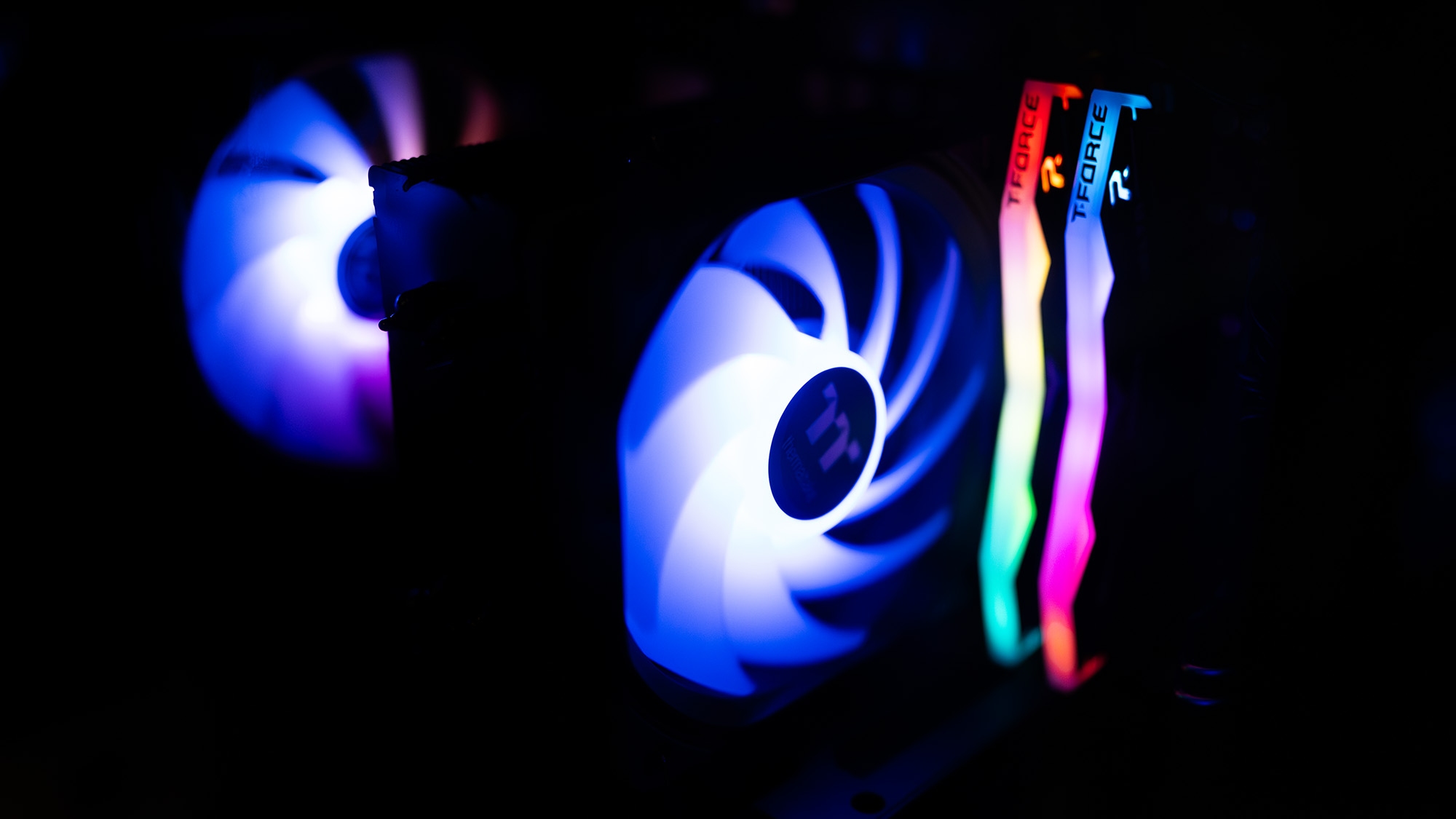
CPU: Intel Core i7 14700F
GPU: Gigabyte GeForce RTX 4060 Ti Windforce OC 8G
RAM: TeamGroup Delta RGB 32 GB DDR5 6000 MHz (2x16GB)
Storage: Kingston 1 TB M.2 NVMe SSD
Networking: Wi-Fi 5, Bluetooth 4.2, Gigabit Ethernet
Front panel: 3x USB-A, 2x 3.5mm audio
Rear I/O: 1x USB 3.2 Gen 2x2 Type-C, 1 x USB 3.2 Gen 2 Type-A, 4x USB 2.0, 1 x PS/2, Ethernet, HDMI/DisplayPort for integrated graphics, 2x HDMI and 2x DisplayPort for Nvidia GPU
Price: $1,149.99 (refurbished)
Inside, there's a lot of Gigabyte kit: a Gigabyte B760M-C Wifi motherboard and Gigabyte GeForce RTX 4060 Ti Windforce OC 8G, backed by RAM from TeamGroup and a Kingston SSD. It’s a solid combo, topped off by a 650 W PSU and air cooling. There's only one USB-C port—a nice fast USB 3.2 Gen 2x2 that’s ideal for an external SSD or slurping files from a camera—and while it would have been nice to see more of them it’s perhaps understandable at this price range.
Likewise, only having Wi-Fi 5 (via Intel’s Wireless-AC 9560 chipset) and single gigabit Ethernet on board marks this out as using a budget mobo. And there is an actual PS/2 mouse and keyboard socket on the back, like something out of 1997.
There’s RGB lighting, naturally, with two fans on the front and one on the back doing their own thing and the CPU cooler and RAM controlled by the Gigabyte software through RGB Fusion. This means you can make adjustments to the lighting you can’t see much of the time (or even switch it off), while the lights at the front just cycle through colours—it would have been nice to sync the case fans too, as the software is there.
You also get the cFosSpeed network traffic shaping tool, which is sometimes bundled with motherboards, and the Gigabyte software bundle will install Norton if you’re not careful. There was also a firmware update to the board that refused to install no matter how many times it was clicked on, but the latest F12 BIOS—released at the end of September 2024—can be downloaded from Gigabyte and installed using a flash drive.
It may not be the most up-to-date board, but it does have some accessibility features, such as the EZ-Latch quick release button on the x16 PCIe 4.0 slot for when the inevitable urge to upgrade the RTX 4060 Ti card comes over you—though you’re going to want to swap out the PSU too, as 650W is getting a little tight and won’t be enough for the big RTX 50-series cards.
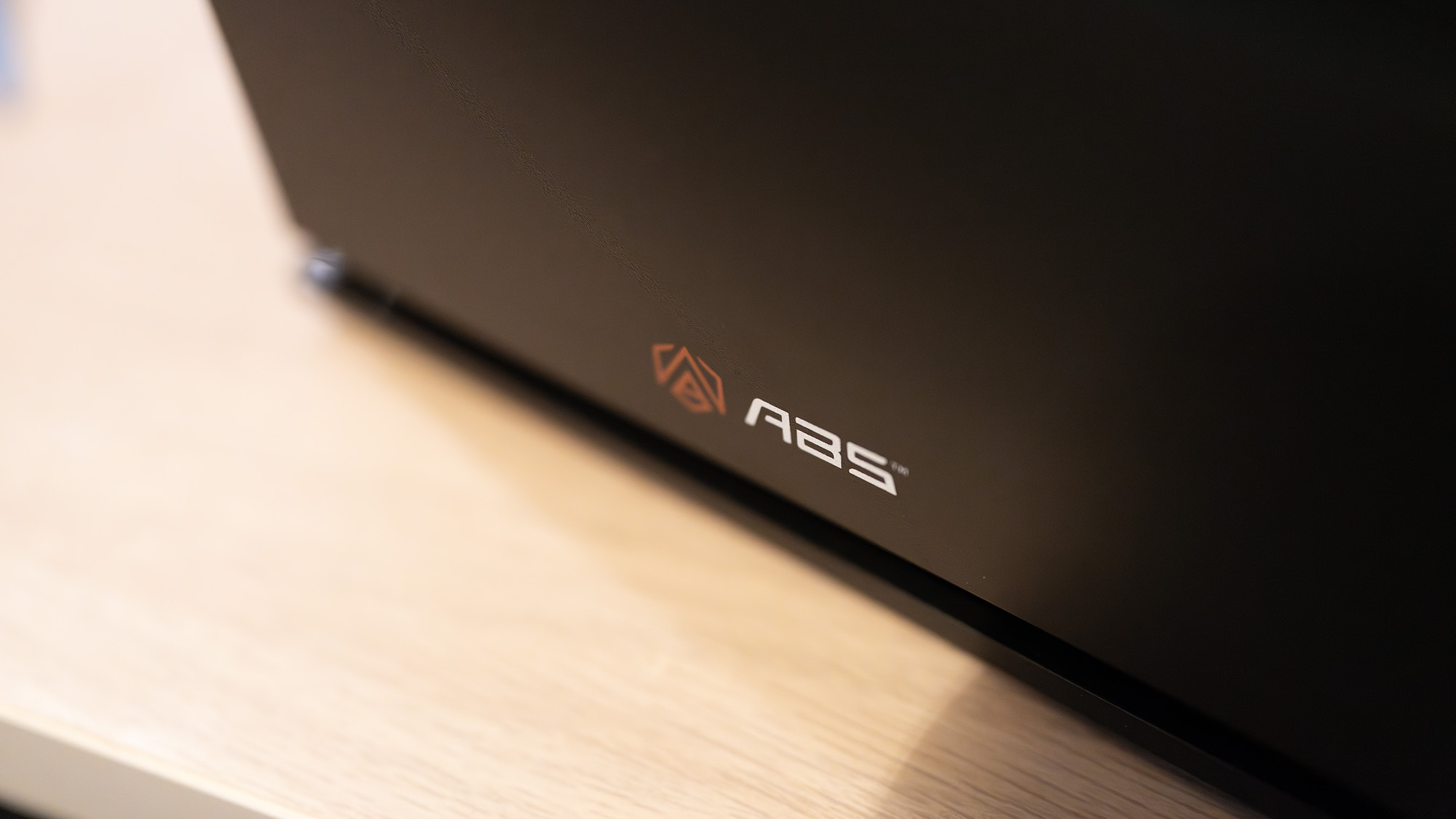
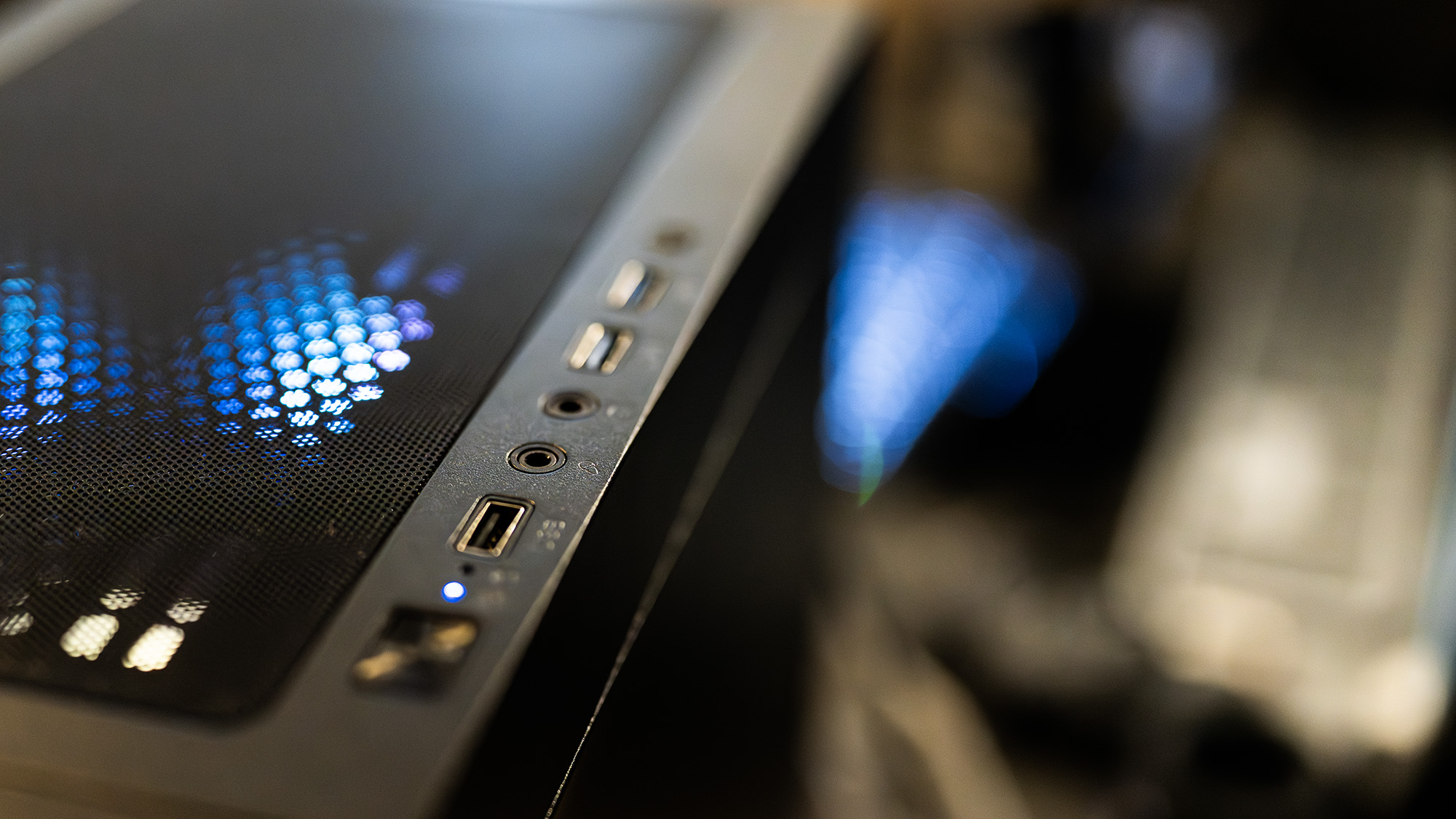
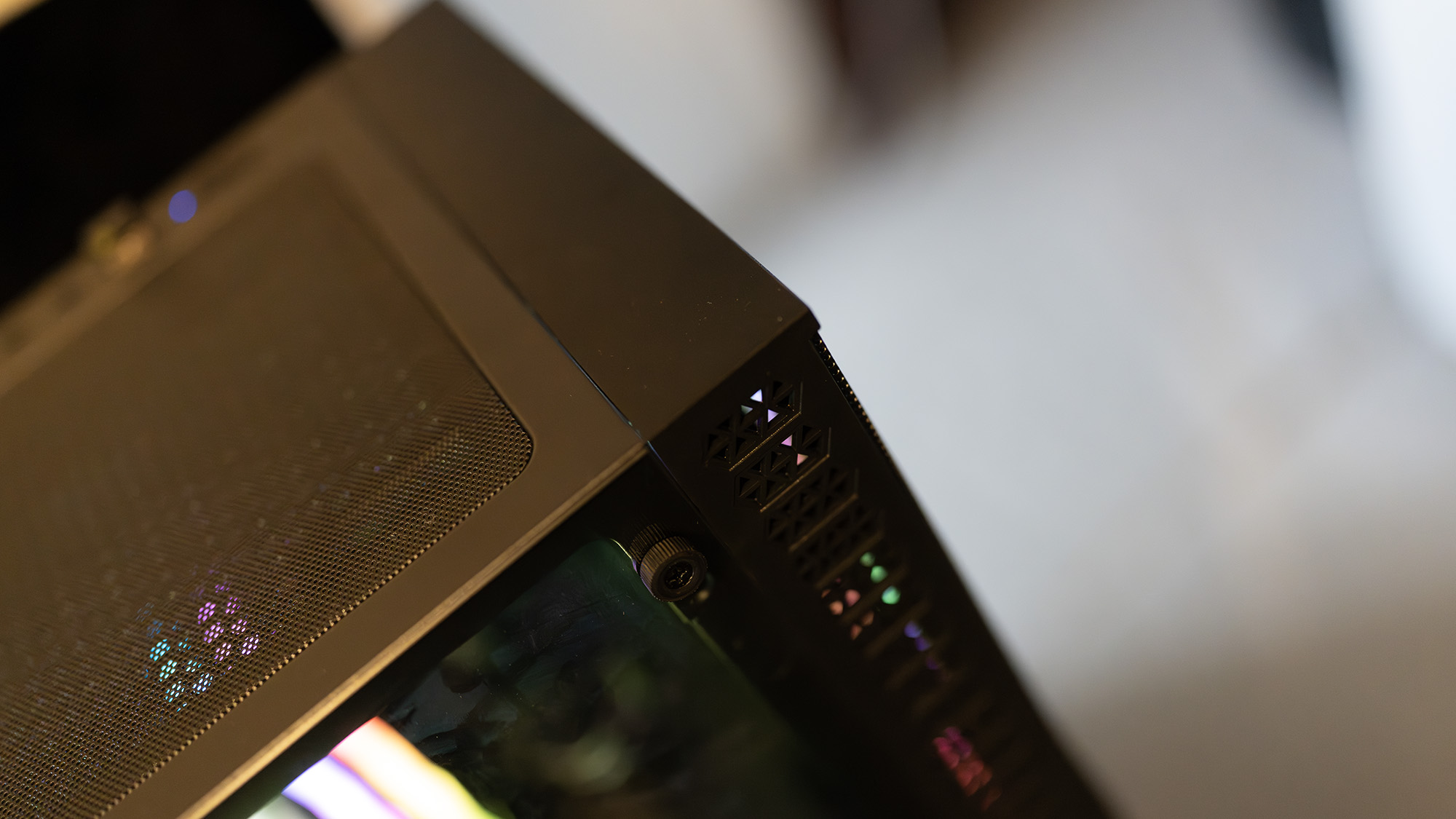
A GeForce 4060Ti still isn’t a bad choice for 1080p gaming in 2025, even with the RTX 5060 Ti on the horizon. But it’s a couple of years old now and starting to show its age, particularly in that it only comes with 8 GB of VRAM and a 128 bit memory bus, even if it is receiving a useful DLSS update. PC gaming is a fickle mistress, always demanding more from us, and while the 14th-gen i7 will probably be good for a few more years, and there's plenty of nice fast RAM in this build, it’s the GPU that’s going to get old the fastest.
As such, its performance in the PC Gamer all-you-can-eat benchmark suite, isn’t going to be great, as the games run at 1440p. You’re going to be using a lot of medium settings with a card like this, and while ray tracing may be possible, Cyberpunk’s 4K Overdrive mode is probably off the table if you want more than a slideshow. You can get the game to 50 fps at 1440p with DLSS in Quality mode and the Ray-Tracing Medium setting applied, which results in a nice-looking experience. You’ll get a good smooth framerate in Baldur’s Gate 3 at 1440p too, and as this game is heavily dependent on the CPU could approach 4K settings with a touch of DLSS.
In the Time Spy Extreme benchmark, which runs at 4K and thus rewards cards like the RTX 4080 Super with their larger pool of VRAM, it posts a GPU score that’s half that of Nvidia’s more expensive card, but the real surprise is the CPU. The Core i7-14700F is a hot chip—it boasts 20 cores (capable of processing 28 threads), a max turbo frequency of 5.4 GHz and can draw up to 219 W—but as Raptor Lake is now getting left behind by Core Ultra and Ryzen X3D chips, it’s good to see it close behind the Core Ultra 7 265k and actually ahead of the Ryzen 7 9800X3D in this particular test.
It beats the X3D chip in the demanding Cinebench 2024 multicore rendering test too, which may be the effect of having 12 E cores to back up the eight P cores, as the Ryzen pulls ahead slightly when they’re asked to use only a single core.
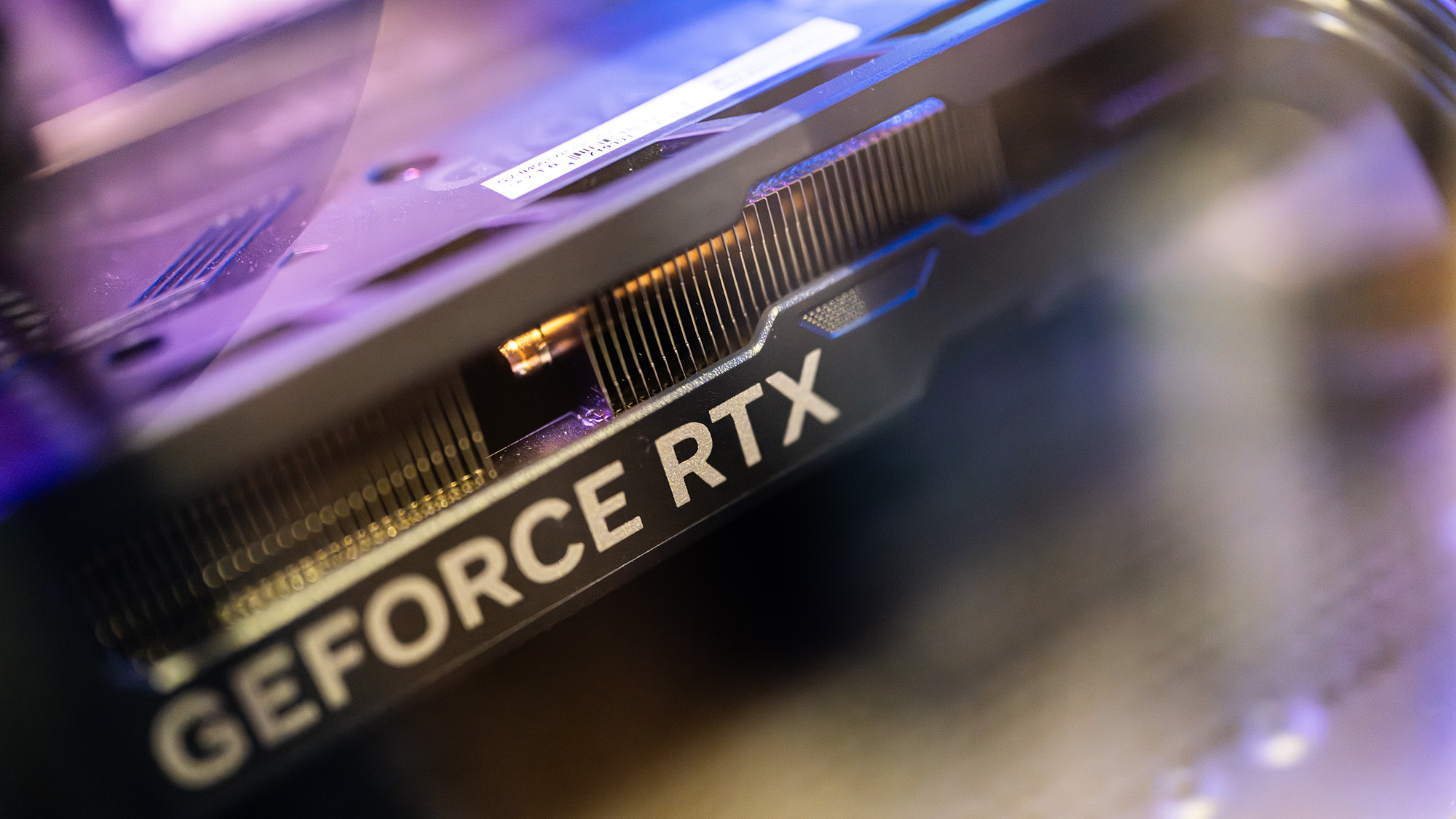
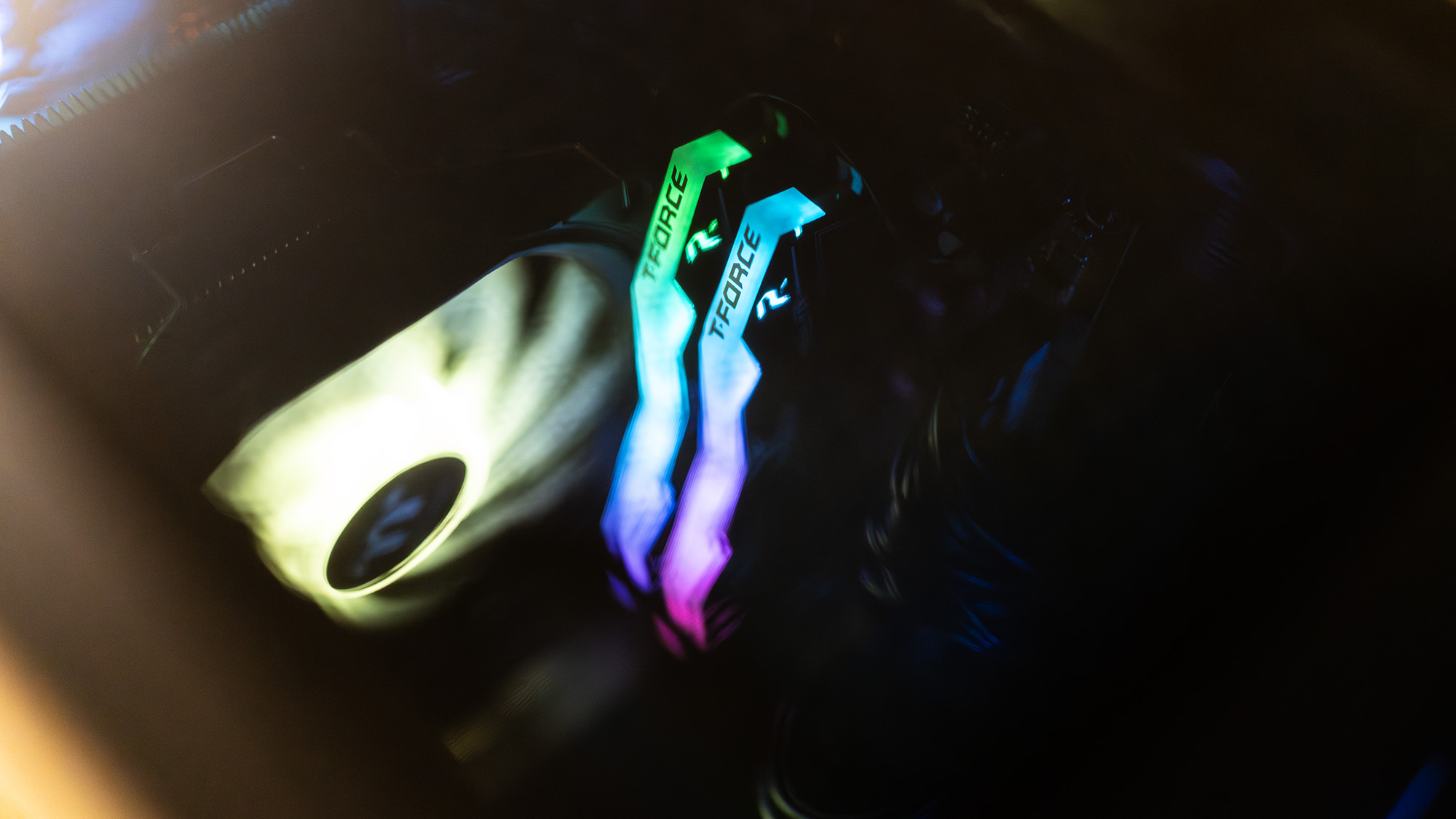
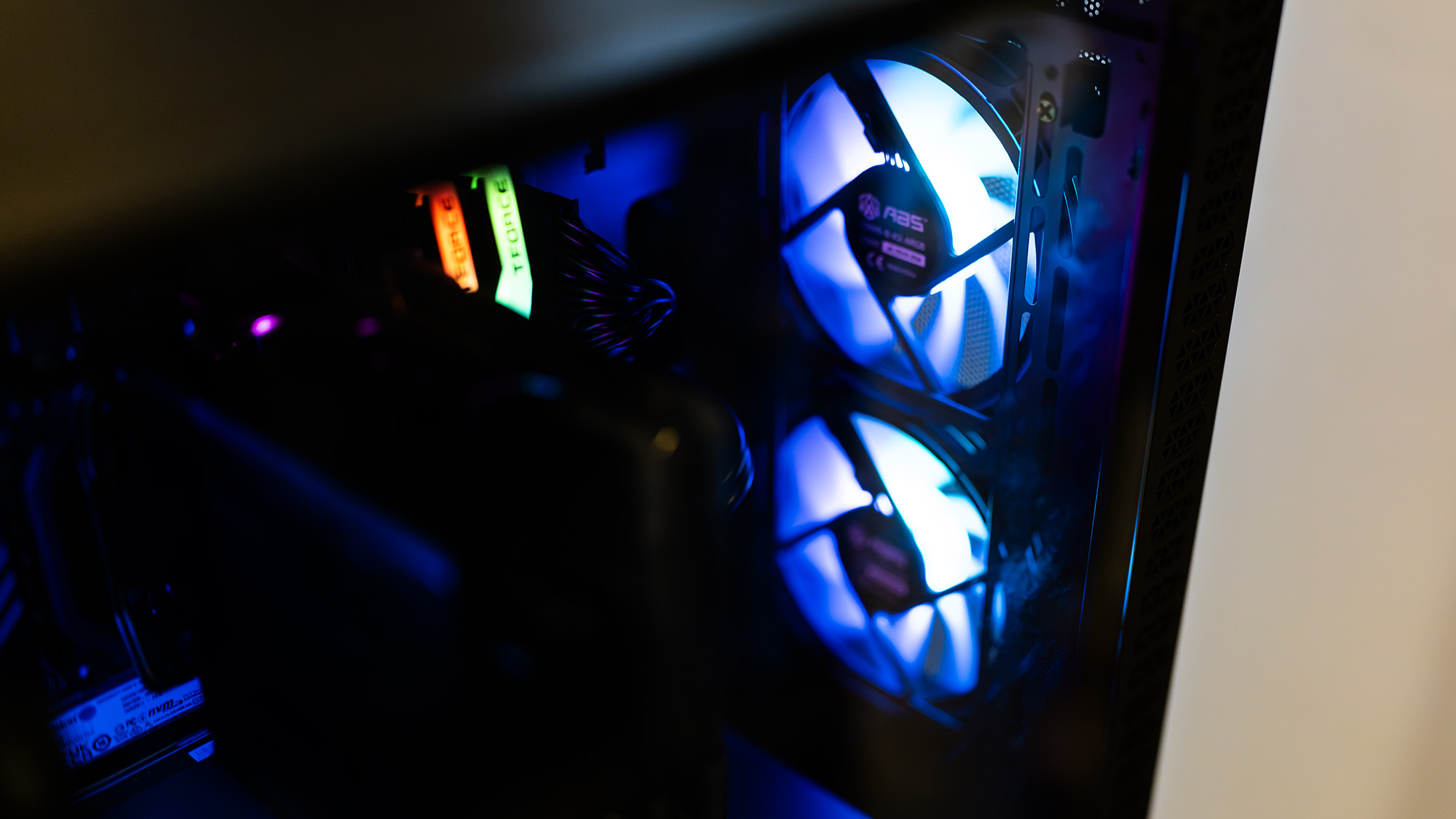

✅ You want a tower PC but don’t want to spend a lot of money: It’s as simple as that really—you could try to build your own for a similar price.
❌ The thought of unlimited PC power makes you shake with excitement: Got that a mad glint in your eye? You’re not going to get ultimate power here.
The SSD is a good size at 1 TB, but doesn’t hit the top speeds we’d expect from a PCIe 4.0 drive. It’s still faster than PCIe 3.0 storage, but we’ve seen better. It’s also not hard to find a GPU that can push harder than the 4060Ti, especially at the higher resolutions, but if you’re not aiming for 4K ray-traced magnificence it’s really not so bad.
With the RTX 4060Ti on board, it can be tempting to describe the Aqua as a budget PC, but it’s kind of not. The price isn’t deep in budget territory, for one thing, but with its fiery CPU, 32 GB of DDR5-6000 and solid build quality you’re getting a decent PC for your money. It may become the host for a PSU and GPU update further down the line, once RTX 5070 prices come down a bit, but for now the Aqua will give you the 1080p gaming experiences you desire, even if there's not a lot of headroom for the future. And the whole thing costs less than an RTX 5090 card.
ABS Refurbished PCS
The pain of stock issues and tariffs, and punitive pricing for GPUs means that a full PC might just be your best chance of getting decent hardware at a decent price. We've checked out a pair of ABS gaming PCs on its Refurbished line, to see how they fare as a way to potentially save some more cash. The refurbs are all checked over as returns and any failed components are replaced from its normal stock, and each machine is tested three times during the process. They are then stress-tested using the same process as all new ABS gaming PCs.
If it’s a pre-built PC you’re after, one like this ABS machine could be the answer to your needs, especially given the price. The GPU may be starting to lag behind, but for 1080p gaming it offers respectable frame rates and is a simple upgrade in the future. The CPU, on the other hand, offers excellent performance that will be useful for creative pursuits as well as gaming.

Ian Evenden has been doing this for far too long and should know better. The first issue of PC Gamer he read was probably issue 15, though it's a bit hazy, and there's nothing he doesn't know about tweaking interrupt requests for running Syndicate. He's worked for PC Format, Maximum PC, Edge, Creative Bloq, Gamesmaster, and anyone who'll have him. In his spare time he grows vegetables of prodigious size.
You must confirm your public display name before commenting
Please logout and then login again, you will then be prompted to enter your display name.
